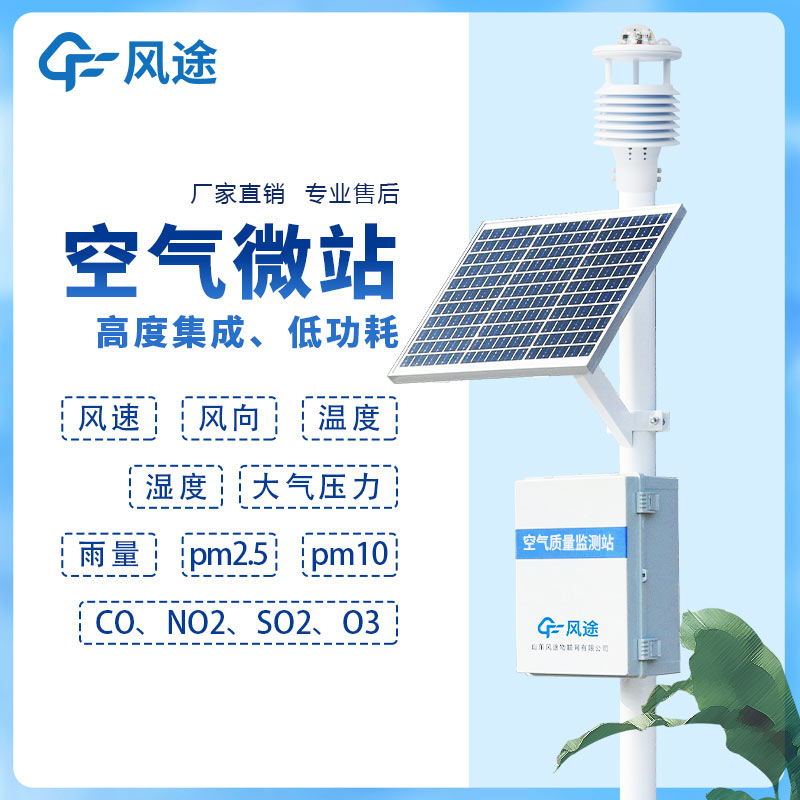Shandong Fengtu IOT Technology Co., Ltd
Sales Manager:Ms. Emily Wang
Cel,Whatsapp,Wechat:+86 15898932201
Email:info@fengtutec.com
Add:No. 155 Optoelectronic Industry Accelerator, Gaoxin District, Weifang, Shandong, China

Sales Manager:Ms. Emily Wang
Cel,Whatsapp,Wechat:+86 15898932201
Email:info@fengtutec.com
Add:No. 155 Optoelectronic Industry Accelerator, Gaoxin District, Weifang, Shandong, China
time:2024-12-25 10:15:25 source:Weather Station viewed:376 time
Atmospheric monitoring stations and Air quality monitoring stations are two different facilities in the field of environmental monitoring, each undertaking different monitoring tasks and functions. Atmospheric monitoring stations mainly undertake national-level environmental monitoring tasks. They are equipped with a variety of instruments that meet national monitoring standards, mainly using photochemistry, beta ray, or oscillating balance and other monitoring techniques to obtain detailed data on ambient air quality. The data from these stations is highly accurate and can achieve standardized data calibration and traceability, providing a scientific basis for national environmental management and policy formulation.
Air quality monitoring stations are more often used for local environmental management. As a supplement to the main monitoring stations, they have a relatively low cost and are more suitable for large-scale deployment, facilitating internal assessment and monitoring of local environmental quality. Although these micro-stations may be slightly inferior to atmospheric monitoring stations in terms of data accuracy, they can provide a sufficiently high data quality, which is suitable for trend monitoring and early warning. Due to cost limitations, micro-stations mostly adopt diffusion or decentralized sampling systems, and pay more attention to the trend changes of monitoring data, providing timely feedback for local environmental management.
Overall, there are differences between atmospheric monitoring stations and Air quality monitoring stations in terms of monitoring objectives, technical means, data accuracy, cost investment, and application scope. Atmospheric monitoring stations serve national environmental monitoring with their high precision and high-standard data, while Air quality monitoring stations serve local environmental management with their economy and flexibility. Together, they form different levels of the ambient air quality monitoring network.

Nowadays, most city dwellers are not only concerned about daily weather changes, but also begin to pay attention to air quality. With the country's continued focus on environmental issues, environmental governance has become a priority for national and local governments. Large air quality monito...
Soil moisture monitoring is crucial for agricultural production, water resource management, flood warning and drought assessment. Soil moisture research has been carried out at home and abroad.For example, in the mid-to-high altitude areas of Switzerland, the SOMOMOUNT network has been established t...
With the acceleration of the new industrialization process, the importance of ecological environment protection has become increasingly prominent. In the past, industrial development overlooked the cost of the natural environment to some extent. Nowadays, people deeply understand that economic devel...
Meteorological instrument modules are integrated sensor systems specifically designed to monitor and record a wide range of meteorological parameters. These modules typically contain multiple high-precision sensors capable of simultaneously measuring key meteorological elements such as temperature,...